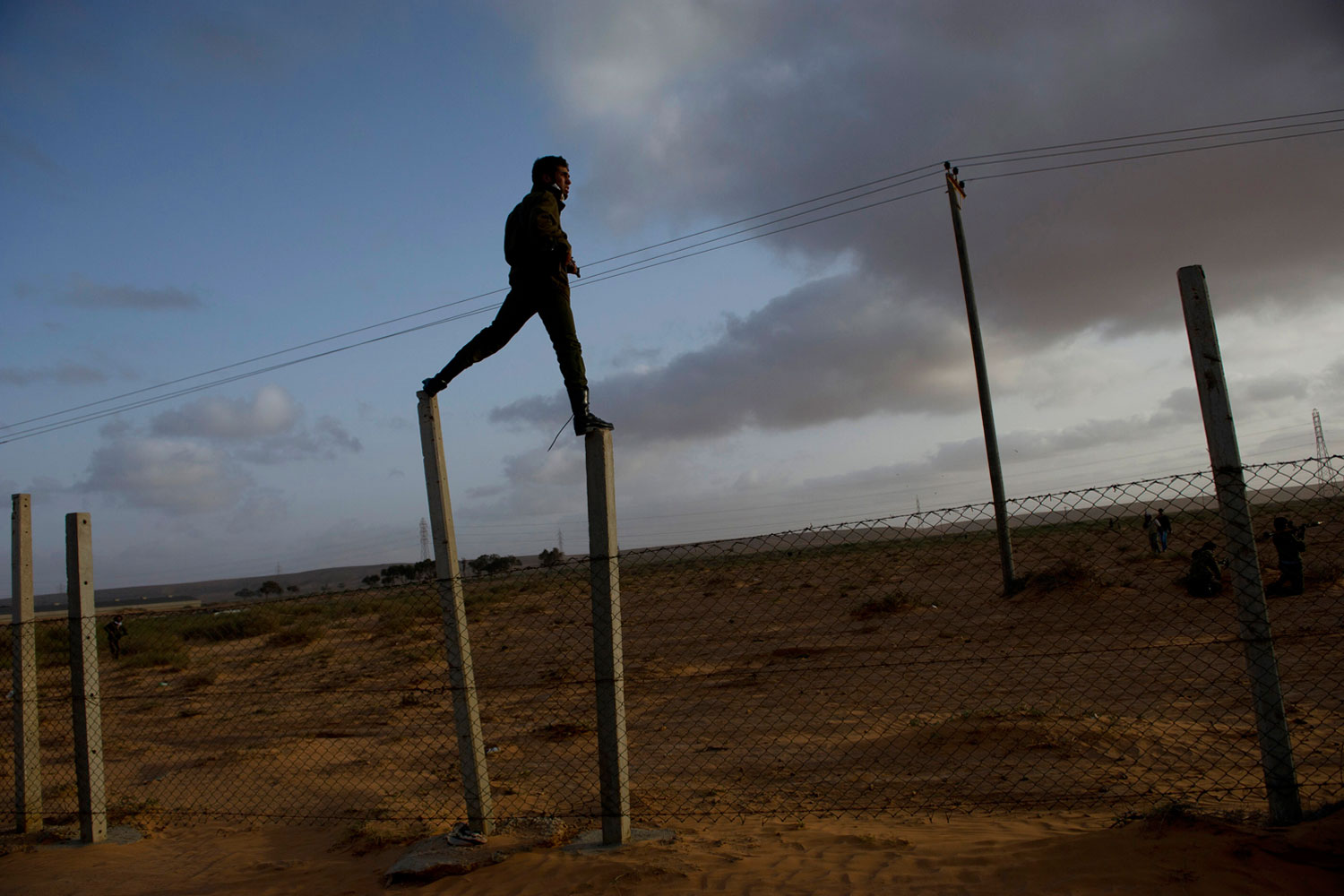
The photographer André Liohn, who got an early start on covering the civil war in Libya and stayed in the country through the killing of Muammar Gaddafi, was recently asked not to use that term—civil war—to describe the conflict. Liohn had returned to Libya to introduce a project that he started with seven other photographers who covered the war-torn African nation last year. They call the project Almost Dawn in Libya, and through it they plan to exhibit their photographs of the war in the Libyan cities of Tripoli, Misurata, Benghazi and Zintan. But as Liohn was telling a young lawyer who had been active in promoting the revolution on the internet about their work, the photographer was confronted about his choice of words.
He responded that what he had seen seemed to fit his own conception of a civil war, but she told him that, to her, the conflict didn’t fit that category. “That you can come to us and challenge this concept that we have of it—that’s exactly what the project is for,” Liohn says.
The photographers behind Almost Dawn in Libya—also known as ADIL, an acronym that sounds like the Arabic word for justice—aim to use their work to help Libyans come to grips with what happened there in the past year, to turn galleries into spaces for public debate. They are not the first to think about what would happen if those who might appear in war photography got to see those pictures. Susan Sontag described in On Photography the way that a photographer can seize control of a narrative and Susan Meiselas’ In History examined the ethics of conflict photography in Central America in the 1970s and ‘80s. But, says Liohn, there’s a new factor in play these days.
“The Libyan revolution or the Arab spring, it’s probably the first time where victims of a violence were able to document their own suffering. Mobile phones, videos, graphic design have been extremely important to unify people. They did it through images,” he says. “But today the images that they created have lost the context of the violence.” Liohn says that, without that context, the images that were once a rallying cry have become a source of fragmentation: each city has its own images of how brave its people were or how much they suffered. By showing the same exhibit of 100 pictures, not sorted geographically or chronologically, in four different places at the exact same time, the ADIL team hopes that Libyans will be able to start a dialogue that is not divided by city.
And Liohn says that, through ADIL, the photographers involved will cede their control of the images. “We are not showing it to a public that never saw Libya,” he says. “We are actually exposing ourselves to the public.” Part of the project involves bringing the photographers back to speak to that public and hold workshops, though, so Liohn says that hearing dissent about the way Libya is portrayed is part of the point. The larger point, however, is that the people who see the exhibits may then be inspired to discuss the country’s direction.
“The people there are waking up from this kind of dream-nightmare situation,” says Liohn, “and no one actually knows how the day is going to be.”
Learn more about Almost Dawn in Libya—and the photographers involved (André Liohn, Lynsey Addario, Eric Bouvet, Bryan Denton, Christopher Morris, Jehad Nga, Finbarr O’Reilly and Paolo Pellegrin) at their emphas.is fundraising page here.

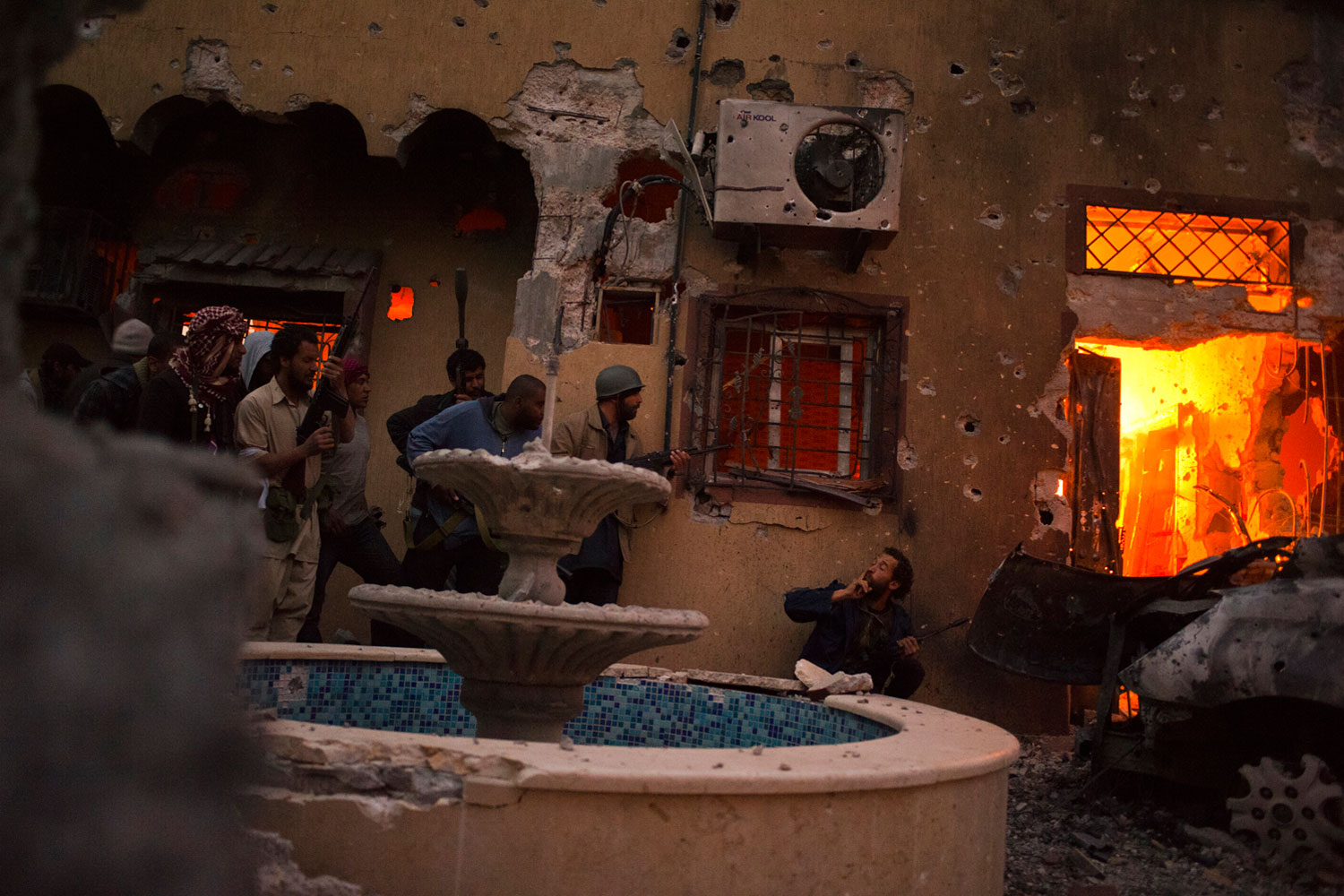
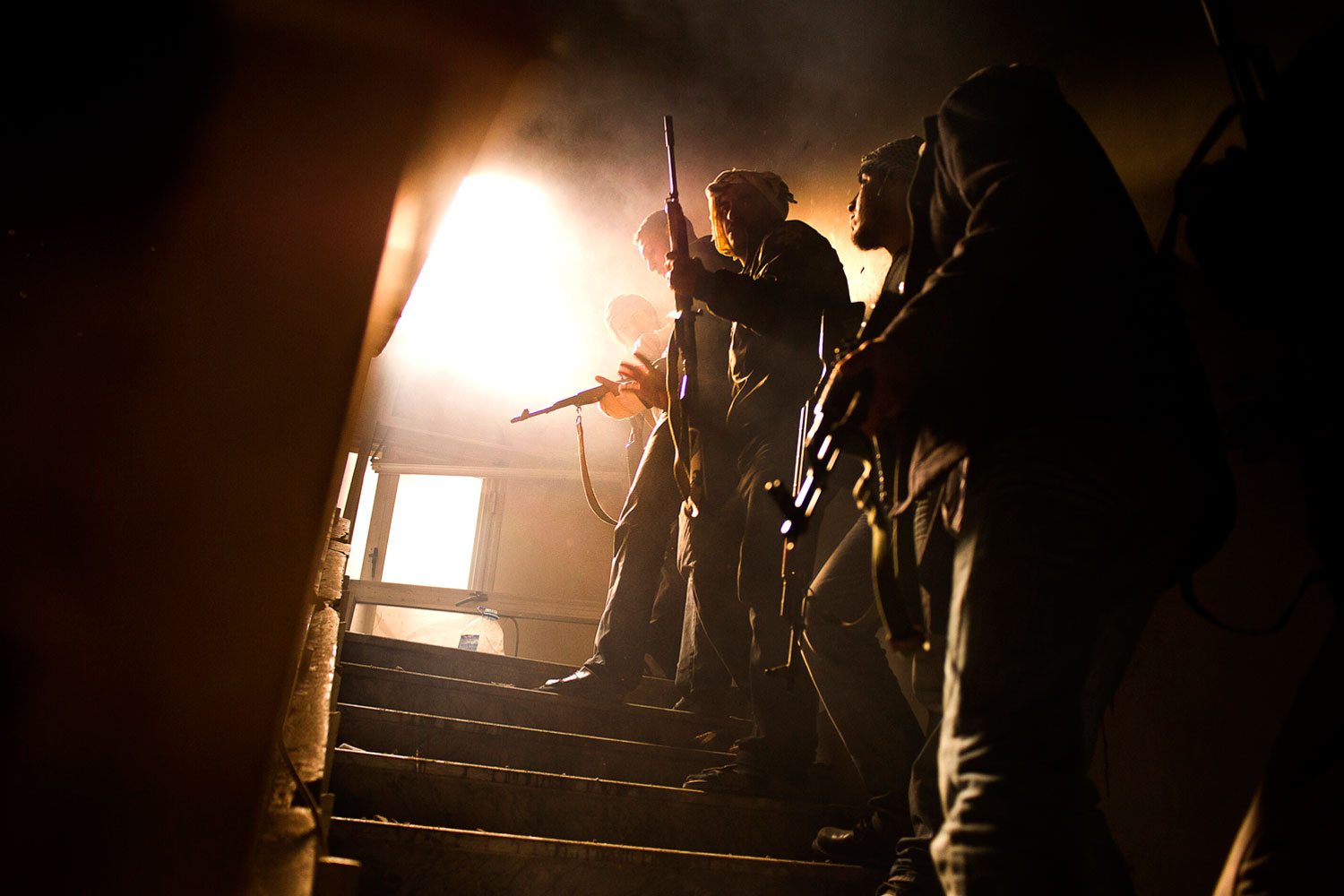



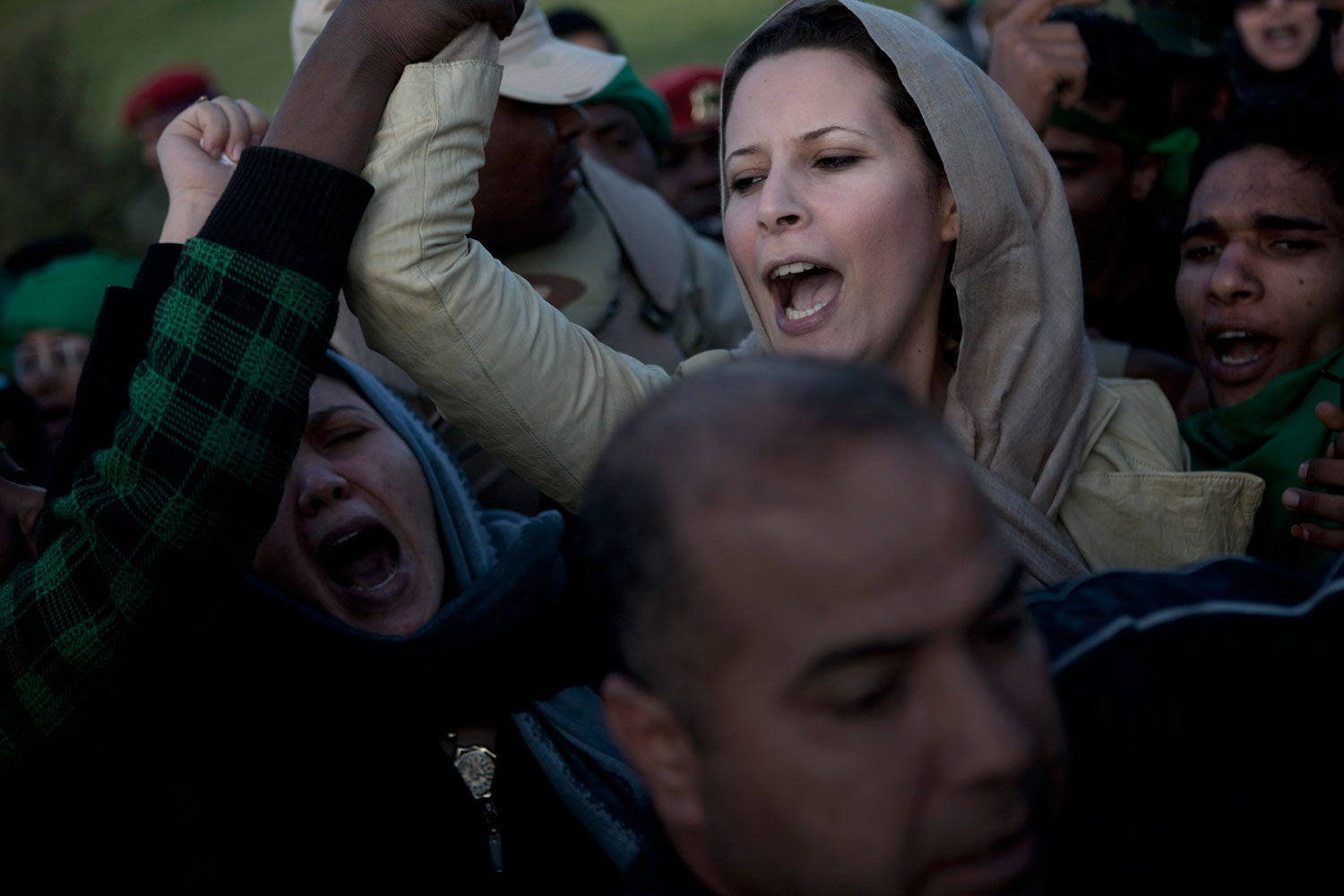
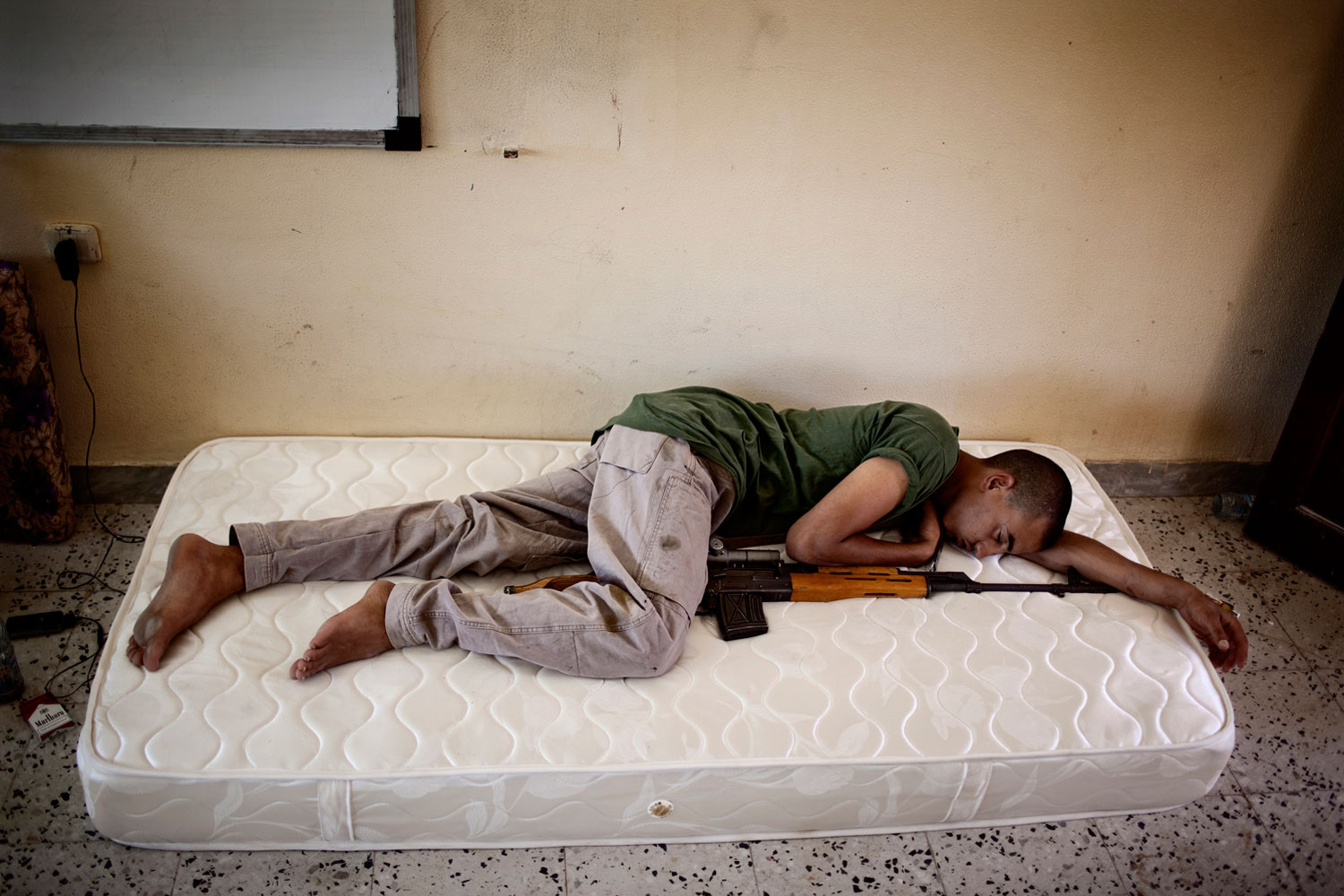

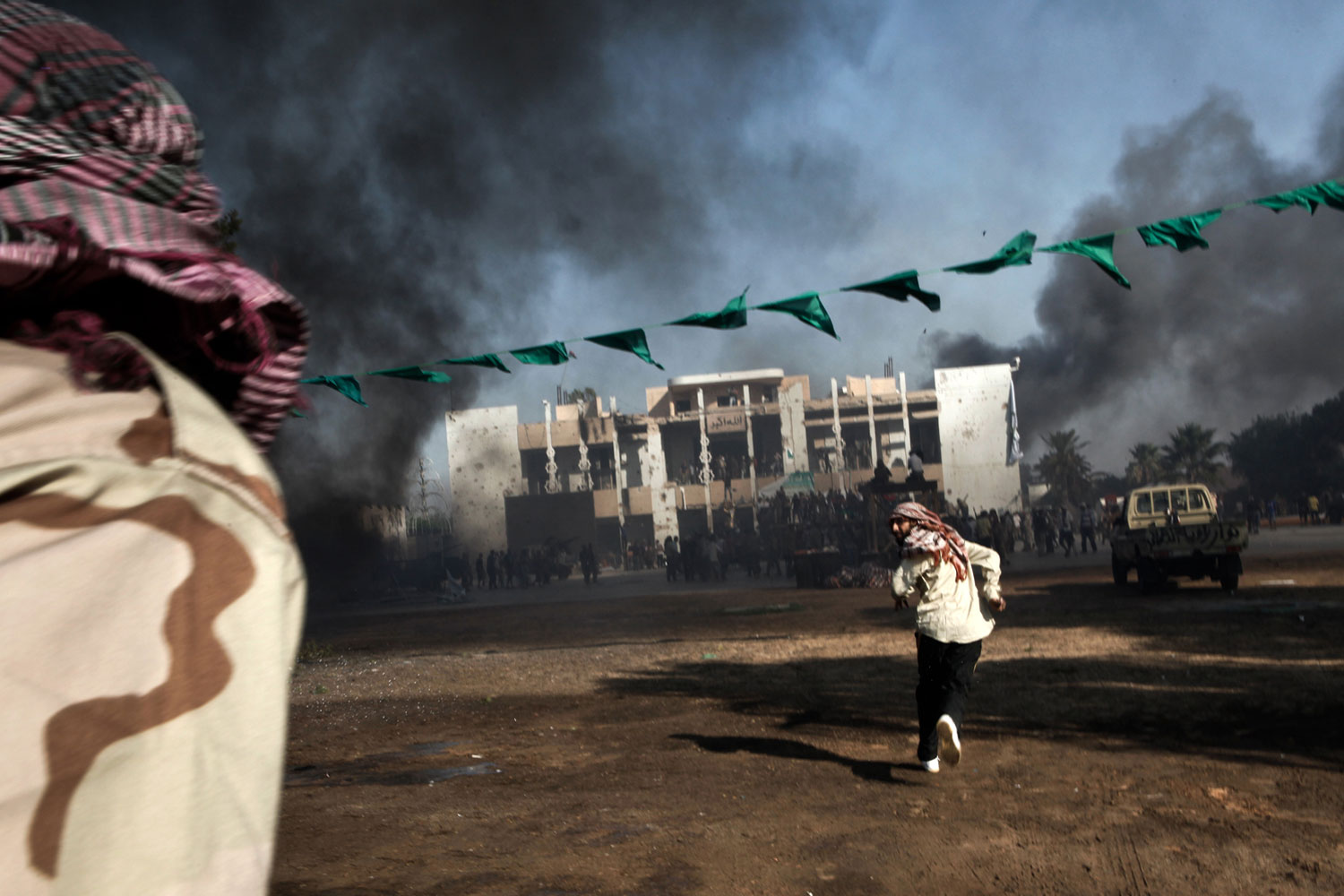
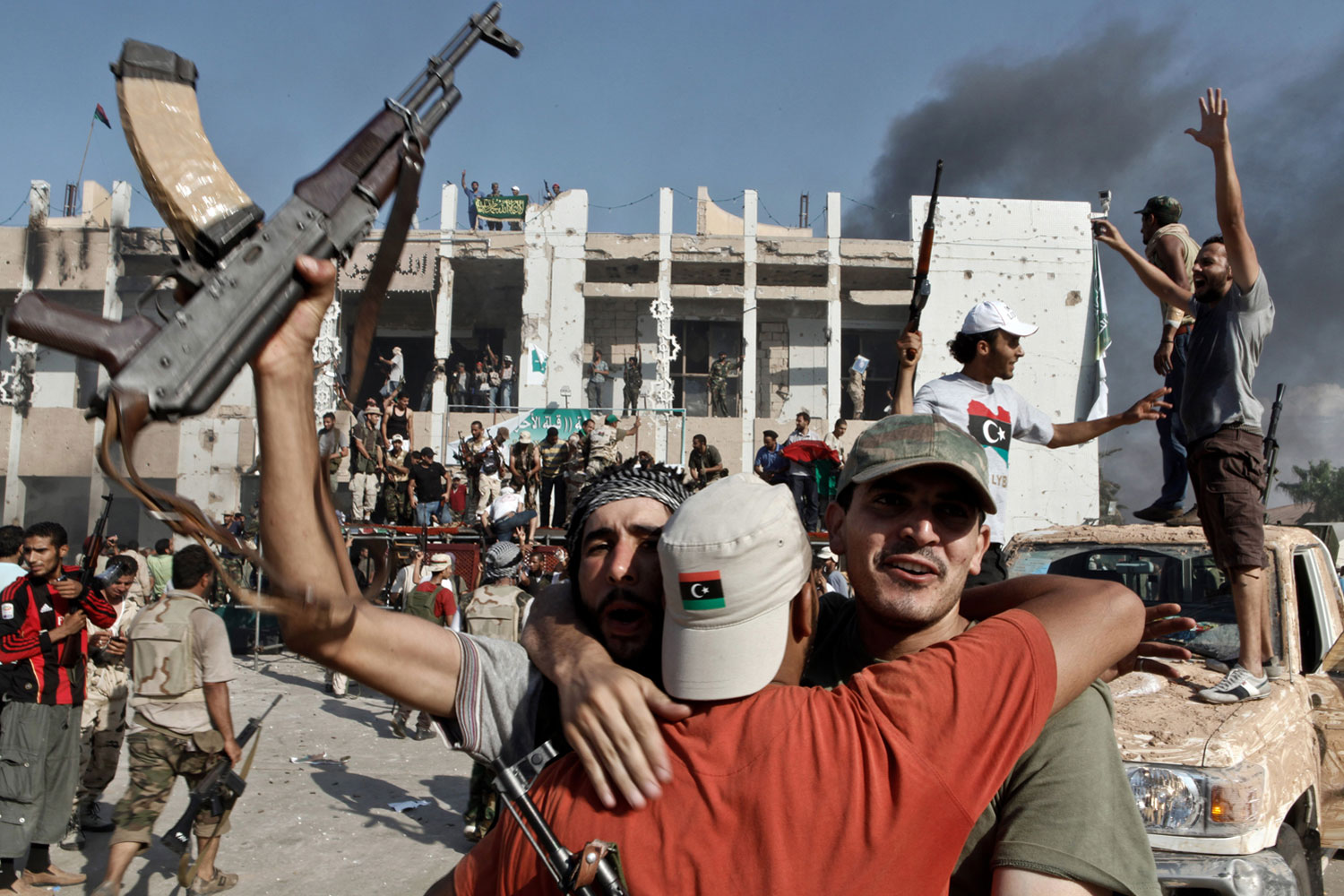
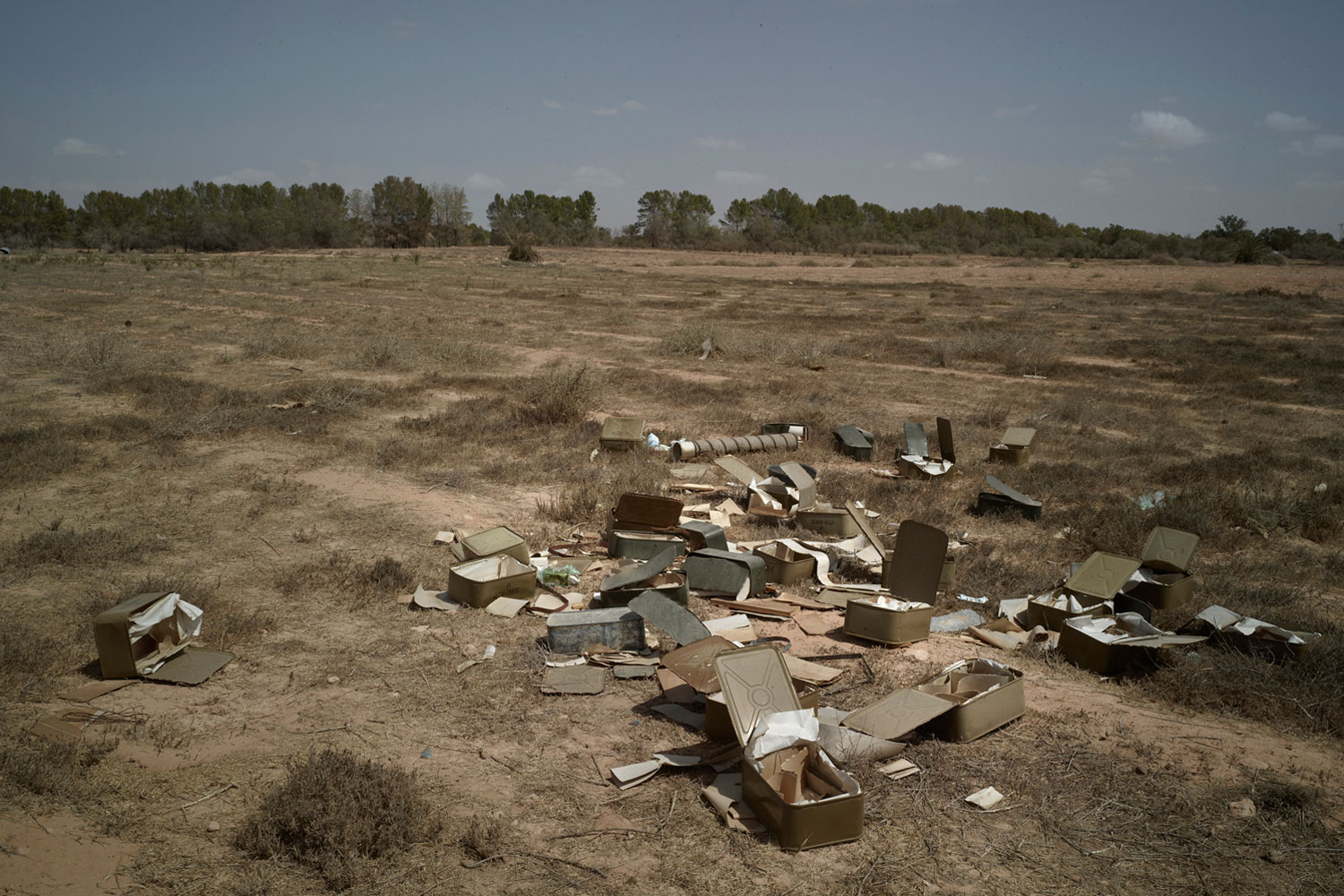
More Must-Reads From TIME
- The 100 Most Influential People of 2024
- Coco Gauff Is Playing for Herself Now
- Scenes From Pro-Palestinian Encampments Across U.S. Universities
- 6 Compliments That Land Every Time
- If You're Dating Right Now , You're Brave: Column
- The AI That Could Heal a Divided Internet
- Fallout Is a Brilliant Model for the Future of Video Game Adaptations
- Want Weekly Recs on What to Watch, Read, and More? Sign Up for Worth Your Time
Write to Lily Rothman at lily.rothman@time.com